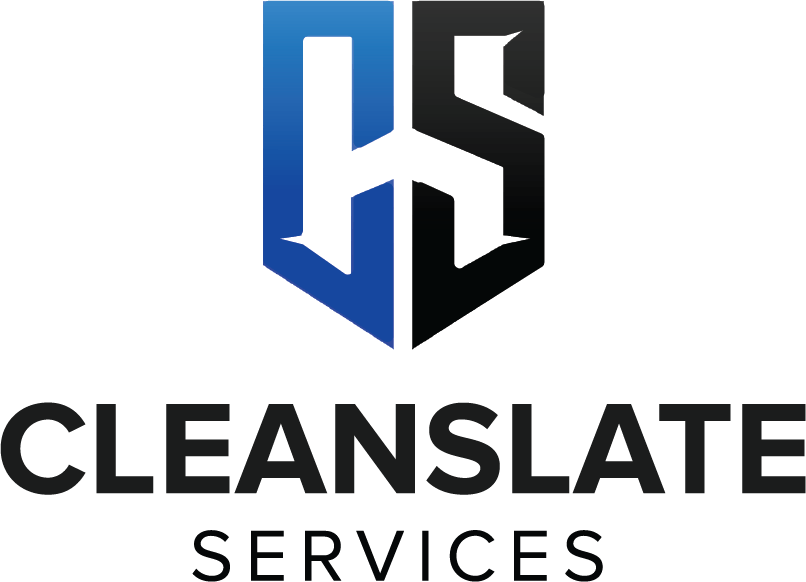Water Restoration
Water Restoration
Water damage restoration can help you restore your home to the condition it was in before the damage occurred. While it's understandable to be concerned when your home suffers flood damage or another type of water intrusion, it's also important to remember that you must act as quickly as possible to prevent further damage. As time passes, damage will become more extensive, and the water cleanup process will take longer and more resources to complete.
What is the process of water restoration?
Water restoration is a specialized service that removes standing water from your home and restores it to its pre-damaged condition, allowing you to live comfortably again. While it's understandable to be concerned when your home suffers flood damage or another type of water intrusion, it's also important to remember that you must act as quickly as possible to prevent further damage.
What is included in the process of water damage repair?
When it comes to water damage restoration, the process starts with the initial water cleanup and continues until the water is completely removed (removal of water, drying items and structures, and moving restored items back). Water remediation is a term that is interchangeable with the phrase "water damage restoration."
What is a restoration specialist, and how does one become one?
Restoration specialists investigate the relationships between organisms and their environments in a variety of settings and make recommendations for improvements to help natural ecosystems reestablish their original state. Most of the time, this work will involve assisting with the implementation of the recommendations.
What does water damage look like when it's in its earliest stages of development?
A peeling or bubbling coat of paint or wallpaper is a telltale sign that there has been water damage to the surface. Consequently, they will become bloated and warp as time passes. When the walls and ceilings are touched, it is possible that they will feel spongy. In severe cases, this is a possibility. Water damage to the subfloor may have already occurred by the time you notice a dripping patch of carpeting or a tile that is peeling away from the subfloor.
What is the most efficient method of drying a wet wall?
Open the windows and doors as much as possible to assist the drying process as much as possible. Fans should be used to circulate air around the damp walls, which will help to prevent mold growth. Additionally, dehumidifiers, which can assist in removing moisture from the air as well as the walls, should be considered. Professionals employ a variety of tools, including moisture meters, infrared imaging devices, dehumidifiers, and heavy-duty fans, among others.
Contact Clean Slate Services Today!
Clean Slate Services will do everything we can to ensure your experience with us is excellent.

